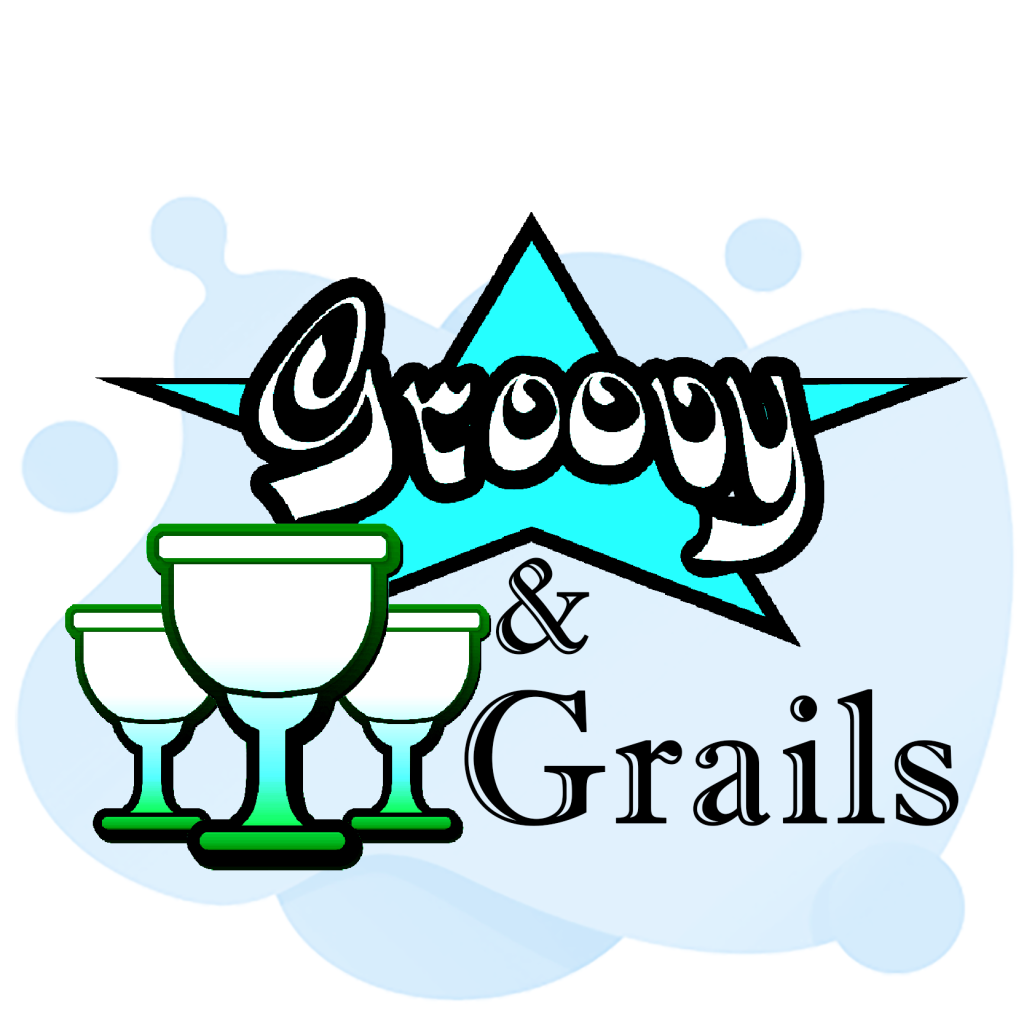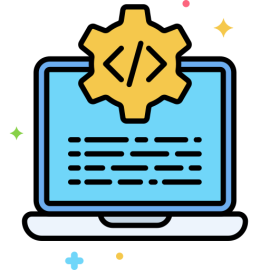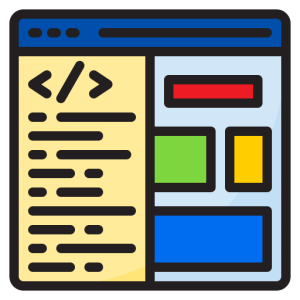What Is Groovy and Grails

Groovy is a scripting language that allows developers to quickly build applications. Grails is a framework that uses Groovy and other best-of-breed Java technologies. It provides a RAD (rapid application development) environment for developing Web applications.
Install Grails on your computer and set up your Eclipse IDE for Grails development. Ensure that your JAVA_HOME variable points to the JDK and not the JRE.
Difference Between Groovy and Grails
Groovy is a powerful, dynamic programming language that offers attributes similar to other languages like Python, Ruby, and Smalltalk. It is a staunch supporter of object-oriented programming concepts such as encapsulation, inheritance, and polymorphism.
It also has some unique features that help to make web application development quicker and easier. For example, it supports code refactoring and provides an automatic build system for projects. In addition, it is compatible with many popular Java frameworks, including Spring and Hibernate.
The Grails framework is built on top of Apache Groovy and uses the Model, View, Controller (MVCS) pattern to develop agile web applications. It also incorporates a robust library management system. It can be installed as a plugin in NetBeans, or directly downloaded from the Grails website.
The Grails Framework is free and open source. It is a powerful and easy to use web application development tool that is based on the Groovy programming language. It is fast to learn and supports all the major aspects of web application development, from database design to testing. It is also very flexible and allows developers to easily extend it.
Grails and Groovy Tutorial
Grails is an open source web application framework that uses the Apache Groovy programming language. It provides a Java EE platform and features of Object-Oriented Programming, such as DSLs, runtime and compile time metaprogramming, and operator overloading. It also includes a powerful unit testing framework based on JUnit.
Using a Grails application requires an editor and command shell or an IDE, such as NetBeans, to create the initial project base. Grails has a command-line tool that generates stubbed out unit tests as well as artifacts such as domain classes, controllers, services and taglibs.
The Grails framework features a number of advanced features that make it unique in comparison to other dynamic languages. For example, the @GrailsCompileStatic annotation enables static compilation of class code. This enables error checking and code coverage that would be difficult to do with a dynamic language. It also supports advanced looping techniques such as eachWithIndex and range. These functions allow you to iterate over collections and execute a closure for each item.

Web Application Development With Groovy and Grails
Groovy is a dynamic programming language with advanced features that make it easy to use with Java. It also provides a rich framework that makes web application development simple and fun. Grails is an open source web application framework that is based on Groovy and the Java virtual machine. Its powerful scripting capabilities and a flat learning curve make it easy for seasoned Java developers to get up to speed quickly.
The Grails framework uses the “coding by convention” strategy popularized by Ruby on Rails to reduce the need for configuration files and other boilerplate code. For example, if you name a class with the word “controller,” the framework will assume that it contains code for handling requests. Similarly, if you name a class with a “service” label, the framework will assume that it contains business logic.
Grails offers many other features that make web application development faster and easier. For example, it supports the MVC design pattern, which splits responsibilities into domain classes (models), controllers, and service classes. This allows developers to focus on the business logic and reduce the number of lines of code needed to implement an application. It also includes a plugin system that provides support for a variety of existing libraries and frameworks.
Beginning Groovy and Grails From Novice to Professional
Groovy is a powerful scripting language that runs on the Java platform. It has features similar to popular scripting languages like Ruby and Python, but with a Java-like syntax. It also supports the full Java API, so developers can use it to create applications without worrying about complexities. Its flat learning curve and convention-over-configuration make it an easy choice for Java developers.

This Pluralsight course is a good introduction to both Groovy and the Grails framework. It covers topics from the basics to more advanced concepts. It will teach you how to use Grails to develop web application projects using modern Test Driven Development techniques. The course is practical and will take you through the process of developing a Twitter clone.
Groovy is an excellent choice for Java developers, as it allows them to write web applications that would be difficult or impossible in pure Java. Its features include closures, control structures, builders, and other tools that reduce complexity. It is also easy to integrate with other frameworks, such as Spring.
Groovy and Grails Development Company
The Groovy and Grails development framework is an open source platform that allows developers to build Web applications in a rapid and productive way. It uses the Groovy language, a scripting language that runs on the Java Virtual Machine (JVM). It supports object-oriented programming and provides features such as closures and builders that reduce complexity in code. It also supports Java classes and databases. Grails’ GORM data access layer makes it easy to talk to SQL and non-SQL databases, including Hibernate, MongoDB, Cassandra, and Neo4j.
Unlike traditional Java frameworks, Grails eliminates the need for XML configuration files and instead relies on conventions to inspect your application and create the feng shui of configuration that suits you best. This reduces the amount of time spent assembling development units, making Grails an agile framework.
Grails is based on the Groovy language and the Java platform, and it integrates with popular JavaScript front-end frameworks. It has a powerful plugin architecture and supports a rich ecosystem of third-party libraries. It is easy to use and offers many benefits for developers.

Banner Technical Introduction to Groovy and Grails
Groovy is a dynamic language that compiles to bytecode and runs on the Java Virtual Machine. Although it has features found in other languages such as Python and Ruby, its strong relationship with Java makes it a powerful choice for web application development. It also provides a number of useful tools that make it easy to develop fast, responsive applications.
Grails is a web framework built using Groovy. Its model-driven approach to web development simplifies the process and encourages developers to focus on writing code. It supports the fundamental principles of object-oriented design, including Robert Martin’s first five principles: Single Responsibility, Open for Substitution and Closed for Modification, Liskov substitution, Independent Interfaces, and Dependency Inversion.
gServer is an event-driven web server that allows you to define your own REST services in Groovy. Its simple, capable, and flexible nature make it a great alternative to traditional Java container-based HTTP servers. It is used by hundreds of universities across the world, including Starbucks, PedidosYa and AgoraPulse. It is also a popular choice for developing AJAX applications, due to its rapid development speed.
Groovy and Grails Jobs in USA
Groovy is a dynamic, object-oriented programming language that uses JavaScript-like syntax. It offers many features that make it ideal for web application development, including a flexible typing system and a strong scripting language. It also has an extensive library of plugins that enhance its functionality. It also integrates well with other frameworks, such as Spring and Hibernate. Groovy is easy to learn and is fast becoming a popular choice for developers looking to move away from Java.

This position is a contract position at the MDE offices in Minnesota (remote work is acceptable). The successful candidate will be required to take business requirements and develop solutions to solve data and system integration problems. They will also be required to attend team meetings and provide regular project status updates.
The ideal candidates will have a Bachelor’s degree in Computer Science or equivalent experience and 3-4 years of relevant professional experience. They will also have experience working in a DevOps environment and knowledge of tools such as Git, Jenkins, and Artifactory.
Groovy and Grails vs Java
Groovy is a programming language that simplifies the complexity of Java. It is a general-purpose scripting language that runs on the JVM and supports a number of features such as closures, multiline strings, and expressions embedded in strings. It is also a powerful object-oriented language that allows for metaprogramming at runtime and compile time.
Grails is an open source web application framework that supercharges productivity when developing Java-driven applications. It uses Groovy as its primary programming language and incorporates a number of Java libraries, including Spring and Hibernate for data persistence. Its asymmetrically shaped learning curve combines with its fast and extensive capabilities to provide developers a significant advantage over traditional Java development environments.
Grails uses convention-over-configuration, sensible defaults, and opinionated APIs to make web application development easy for Java developers. Its plugin system enables you to add new functionality to your applications, and its template engine GSP facilitates rapid development of web pages. It also has a built-in web server that eliminates the need to restart your application after every change, saving you valuable time.